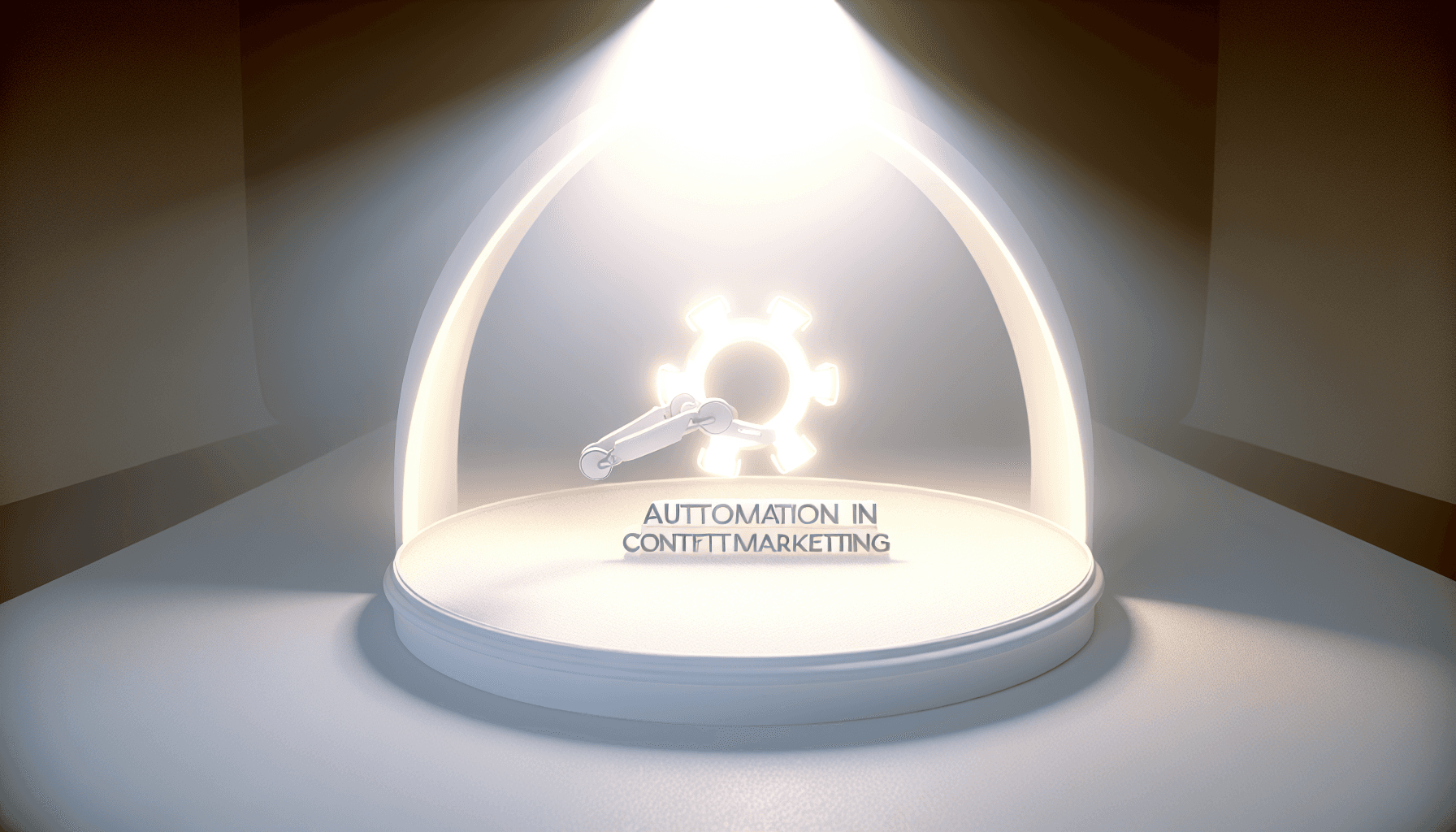
Automating Content Marketing: Essential Considerations
Explore key aspects of automating content marketing for improved efficiency and SEO results. Benefits and challenges discussed.
Automating content marketing is rapidly gaining traction among businesses aiming to increase efficiency and competitiveness in the digital landscape. This shift is largely driven by advancements in AI technologies and the increasing demand for personalized, relevant content at scale. As organizations explore these technologies, they must navigate a complex interplay of benefits and challenges.
Understanding the Role of Automation in Content Marketing
Automation in content marketing refers to the use of software and technology to streamline various aspects of the content creation, distribution, and management process. From keyword research to content generation and automated publishing, automation tools can enhance efficiency and consistency in content marketing efforts.
According to a recent survey by HubSpot, nearly 85% of marketers who currently automate some portion of their content marketing plan to maintain or increase their automation usage. This statistic highlights the growing reliance on automation not only to save time but also to improve the precision of targeted campaigns.
Key Components of Content Marketing Automation
-
AI-powered content generation: Automation technologies have evolved to a point where AI can assist in generating content that is not only grammatically correct but also engaging and informative. This capability allows marketers to produce high volumes of content without sacrificing quality.
-
SEO optimization: Automated tools can integrate SEO best practices into the content creation process, ensuring that every piece of content is optimized for search engines. This includes the use of relevant keywords, meta tags, and linking strategies to improve visibility.
-
Automated publishing and scheduling: With automation, the right content is delivered to the right audience at the optimal time. Tools can schedule posts across various platforms and formats, minimizing manual intervention.
-
Advanced personalization and targeting: Automation allows marketers to segment their audience and personalize content down to individual preferences and behaviors, enhancing user engagement and conversion rates.
Benefits of Leveraging Automation in Content Marketing
Enhanced Productivity and Efficiency
For many businesses, the primary advantage of automated content marketing is the significant boost in productivity. By automating tedious and time-consuming tasks, marketing teams can focus their efforts on strategic planning and creative development. This efficiency is essential for businesses looking to maintain a competitive edge in fast-paced digital markets.
Consistency and Branding
Automation helps ensure a consistent brand voice across all content. Whether it’s blog posts, social media updates, or newsletters, automated systems can apply a uniform style and tone, which is crucial for building brand recognition and trust.
Improved Data Utilization and Insights
Automated tools often come with built-in analytics and reporting features that provide insights into audience behavior and content performance. This data-driven approach enables marketers to continually refine and improve their strategies for better results.
Scalable Campaigns
Automation enables the scaling of marketing efforts without proportionately increasing resources. Businesses can reach broader audiences and manage more campaigns simultaneously, which is particularly beneficial for growing enterprises.
Potential Challenges and Considerations
Despite its numerous advantages, automating content marketing is not a one-size-fits-all solution. Companies must carefully evaluate several aspects to ensure they are leveraging these technologies effectively.
Balancing Automation with Human Touch
While automation can handle many tasks, the human touch remains irreplaceable, particularly in areas requiring creativity and emotion, such as content curation and engagement responses. Businesses should strive to balance automated operations with human oversight to maintain a genuine connection with their audience.
Integration with Existing Systems
One of the potential hurdles includes seamlessly integrating automation tools with existing marketing systems and workflows. Ensuring compatibility and smooth operation often requires upfront investment in time and resources.
Maintaining Content Quality
There's a risk that over-reliance on automation tools might lead to a dilution in content quality, especially if technology is not tailored to the company's brand and audience needs. Regular monitoring and quality assurance processes are necessary to avoid issues of uniformity and blandness.
Managing Change in Organizational Culture
Introducing new automated processes requires a cultural shift within the marketing team. Employees may need training to adapt to new tools and methodologies, which can initially slow down adoption and productivity.
Conclusion
Automating content marketing offers tangible benefits, from improved efficiency and consistency to enhanced data insights and scalability. However, businesses must navigate challenges such as integration complexities and the delicate balance of automation with human interaction.
By focusing on strategic areas for automation and maintaining a keen eye on content quality and audience engagement, businesses of all sizes can harness automation to advance their marketing efforts. As technology evolves, staying informed about current trends and tools will be critical for continued success in the digital marketplace.